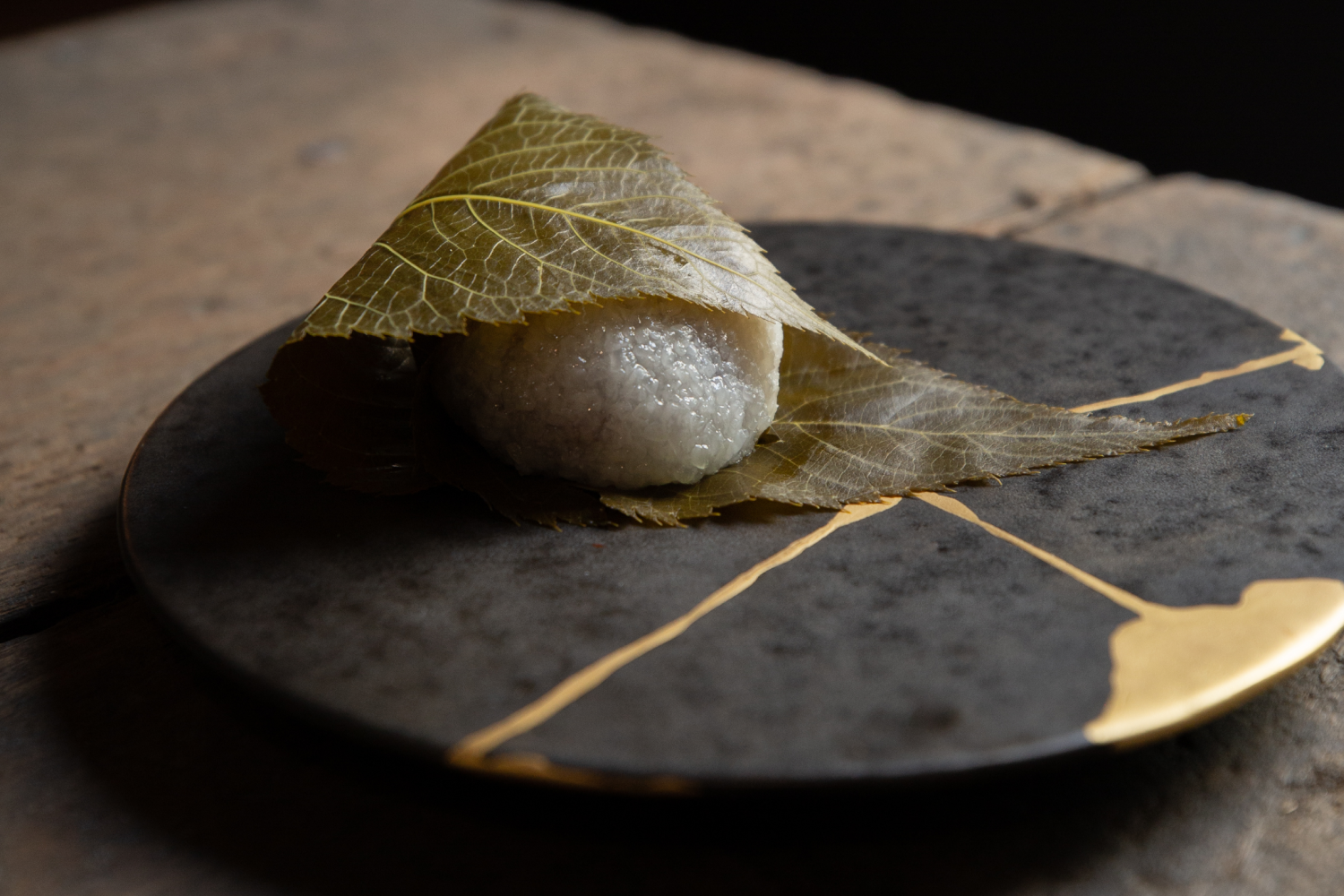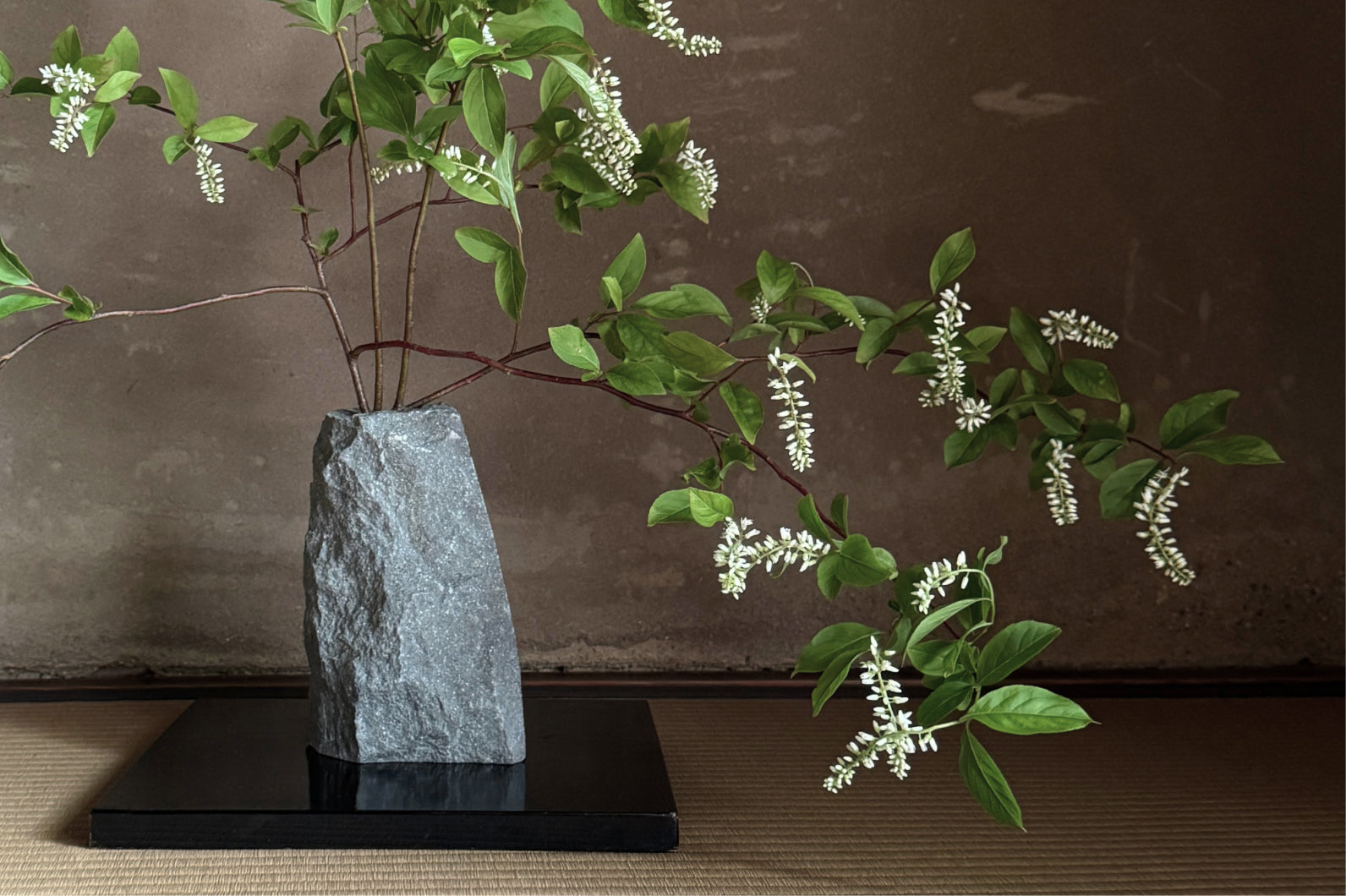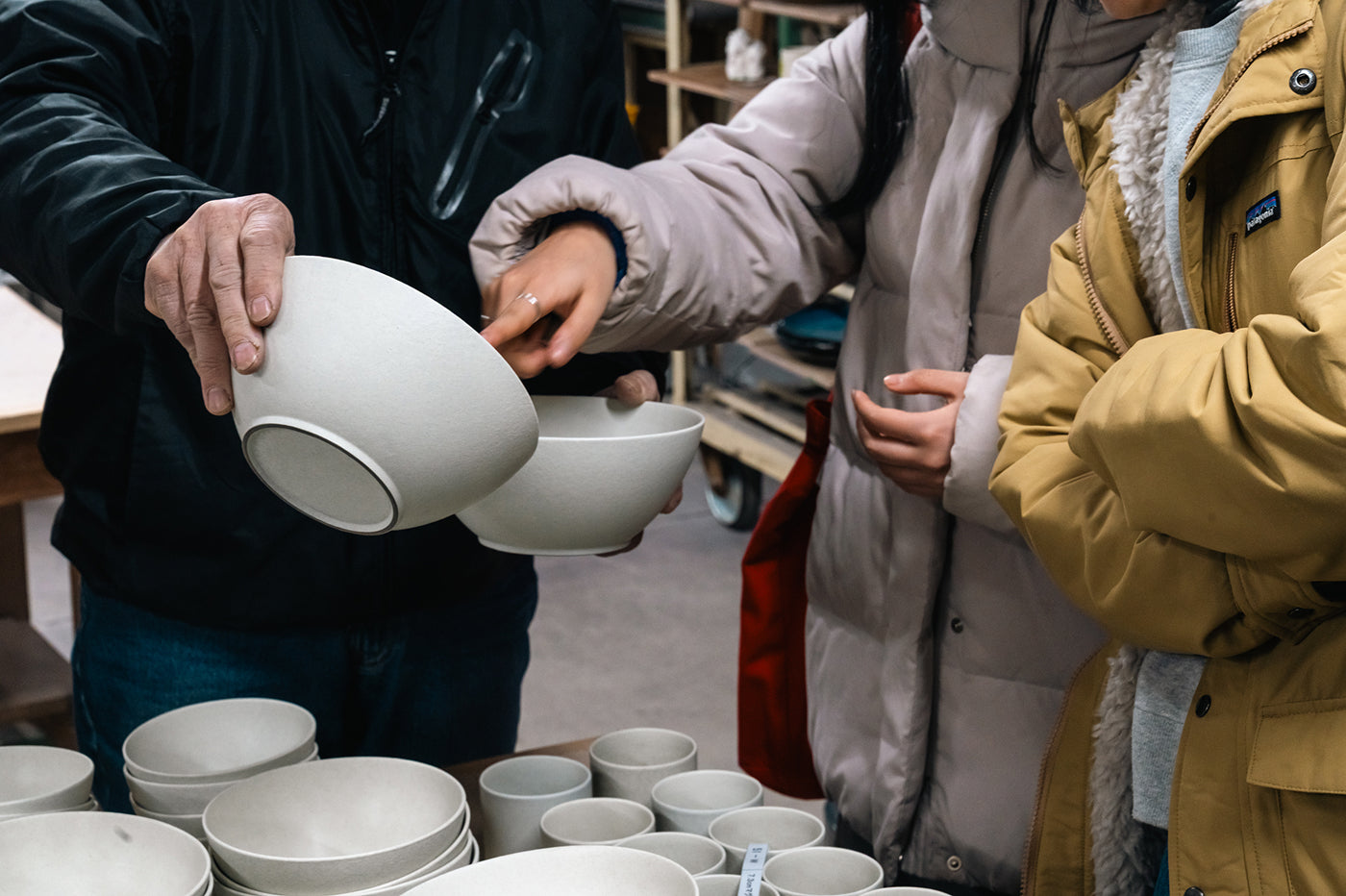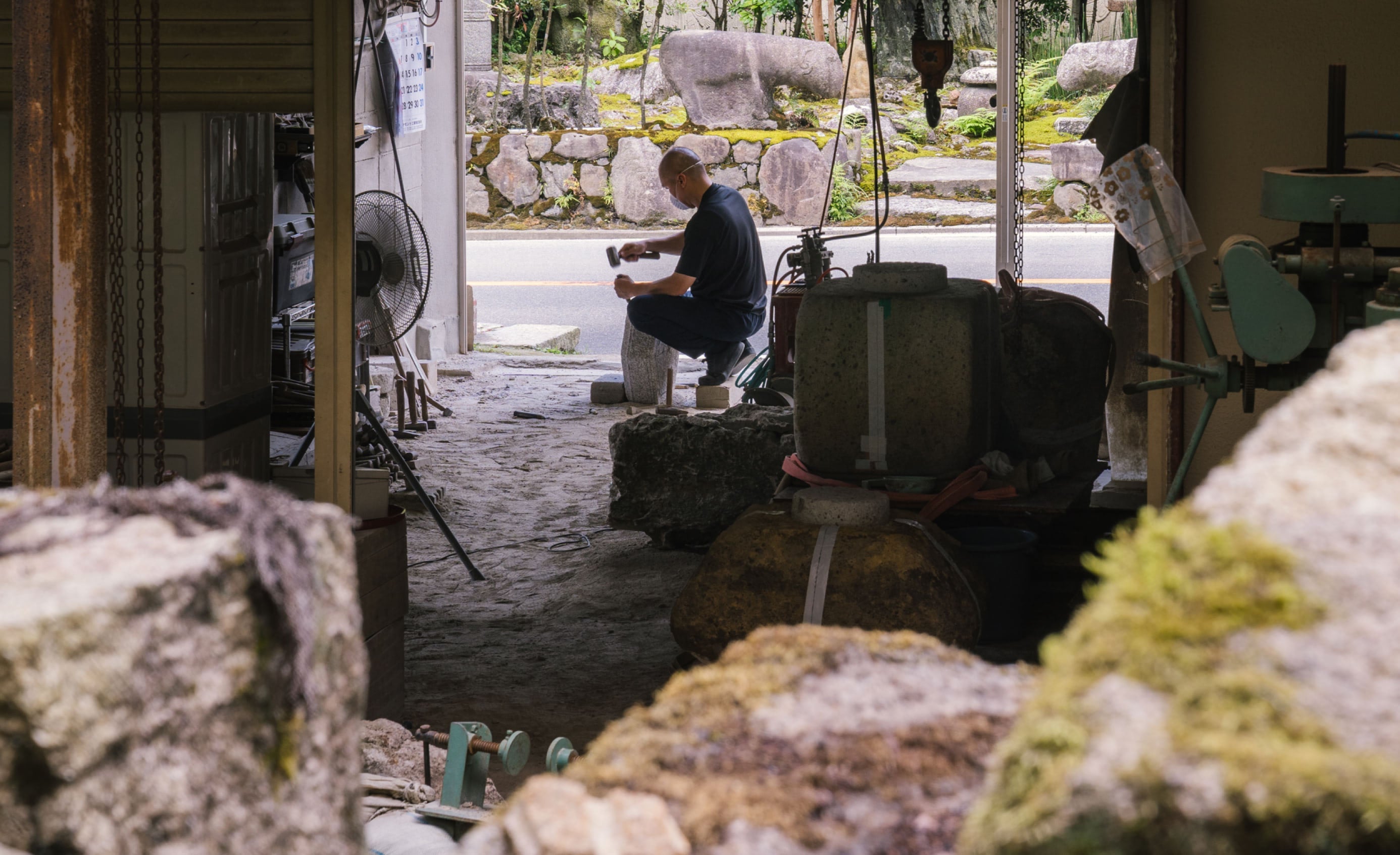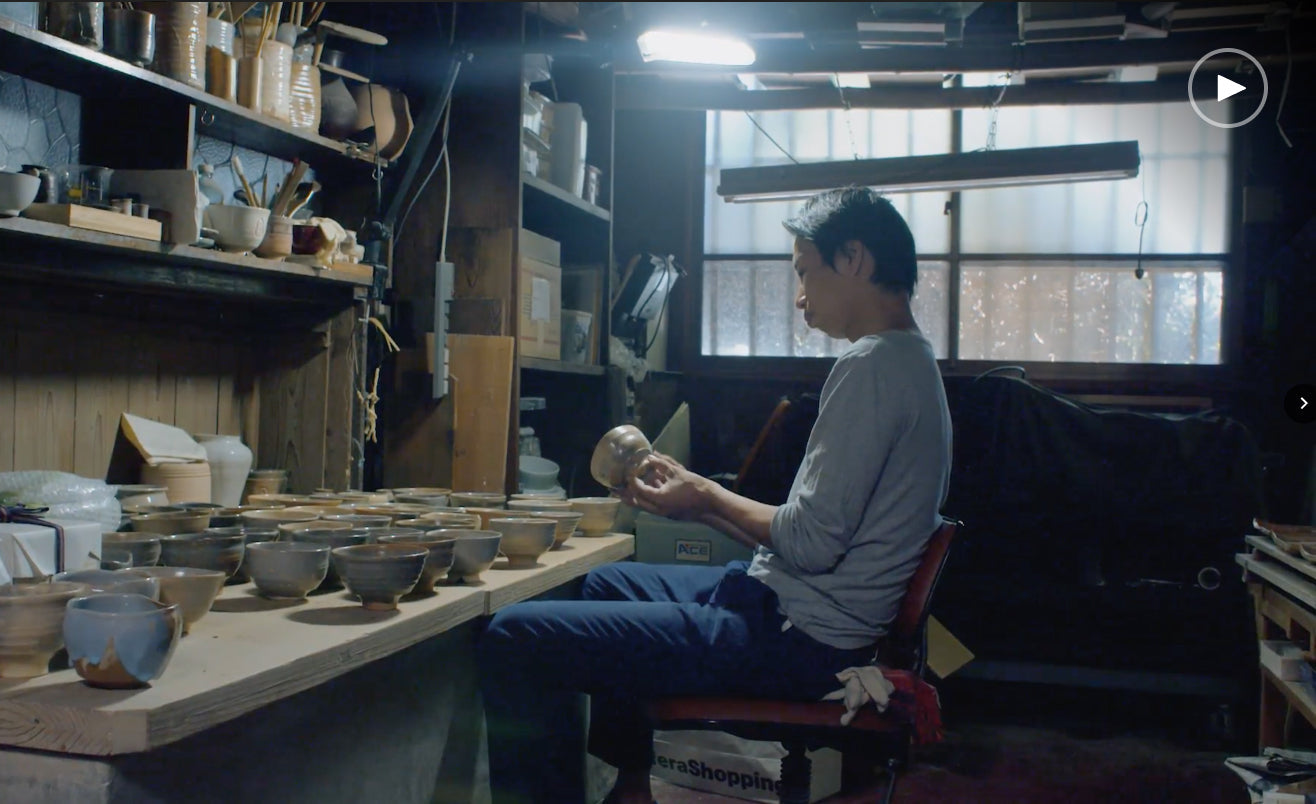The 3rd of March is Hinamatsuri Girl’s Day in Japan, expressing gratitude for the good health and happiness of girls everywhere. Leading up to this day, we display small ornamental dolls called hinaninngyo in homes and public spaces. From the small and modest, to the large and luxurious, each household’s hinaninngyo set varies dramatically. The cast of characters and type of dress also differs by region and grandeur of the set. Hinaninngyo represent Japan’s imperial household, with the Emperor and Empress on the top platform. Sometimes the set stops at these two. However, there can be five or seven platforms in total, with dolls representing three court ladies, five musicians, and the minister of the Right and Left, who served as a supporting figure to the Japanese government, and even horses.
While the tradition of displaying dolls can be traced to as early as the 1600s, the concept dates back to the 700s. Young children would play with dolls and send them down the river as a proxy, taking with them any potential misfortune. Therefore, it is said that it is best to put away the hinaninngyo quickly after Girl’s Day as leaving them out for too long may result in misfortune leaving the dolls and attaching back onto the girls. While it is highly dependent on the region, generally hinaninngyo are displayed from Rain Water (approximately February 19) and put away during Insects Awaken (approximately March 6), as per the seasons of the traditional Japanese microseasonal calendar.
Dishes prepared during this time include amazake, chirashizushi, and hina-arare. Amazake is a sweet drink made from rice and koji. Chirashizushi is vinegared rice adorned with seasonal items from the mountain and the sea. And hina-arare are bite sized rice crackers, usually made in peach, green, yellow, and white - colors symbolizing the four seasons - praying for the good health and happiness of our daughters across the coming year.
Sakura mochi are also highly associated with Hinamatsuri. The salt-preserved cherry leaves protect mochi rice - its belly filled with earthy, sweetened adzuki beans. Both Hinamatsuri and sakura mochi are highlights of the hashiri of Spring, and the inklings of a prosperous year ahead.

EXPERIENCE HINAMATSURI IN KYOTO
Floating doll ritual at Shimogamo Shrine
For the Hinamatsuri ritual at Kamigamo Shrine, a couple dressed in Heian period style dress represents the Emperor and Empress dolls of a hinaninngyo set. They release paper dolls in the shrine’s sacred stream. Visitors are able to release their own dolls after the ritual and receive a lucky charm and flowers from the shrine.
“Living doll” demonstration at Ichihime Shrine
A “living doll set” at the Hitomachi Koryukan across Ichihime Shrine demonstrates how the Emperor and Empress were traditionally dressed. After the demonstration, court ladies perform a dance accompanied by traditional music.
Feature Exhibition at Kyoto National Museum
See traditional and rare hinaninngyo sets of many different types at the Museum’s special exhibit called “Celebrating the Japanese Doll Festival”. It is conveniently located just around the corner from POJ Studio.


